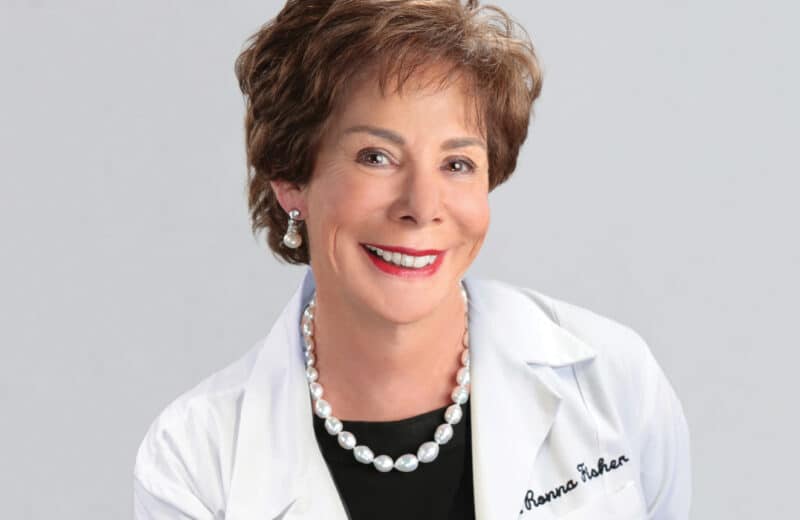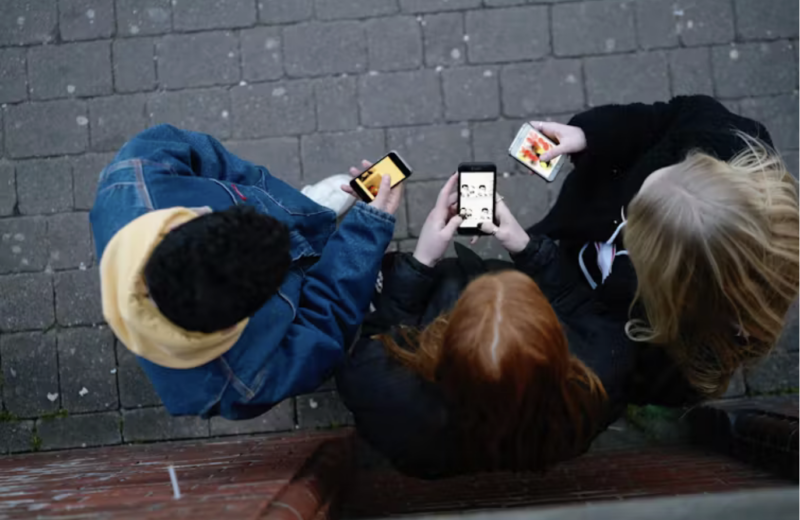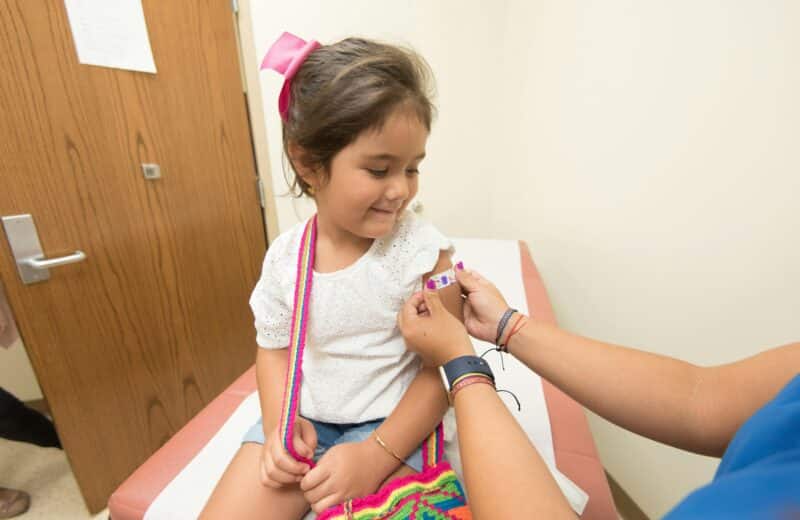Three Chicago-area dermatologists have some important tips for Chicagoans who are spending time out in the sun this summer.
“I see a lot of young people lying out in the sun, and they feel [that] if they don’t burn, they don’t need sunscreen, which is a myth,” says Dr. Diana Bolotin, board-certified dermatologist and fellowship-trained Mohs surgeon at the University of Chicago Medical Center. “It’s not bad to go out into the sun; you just need to be smart about it. A sunscreen with an SPF of 30 is the bare minimum, and you also have to look for a sunscreen that protects against UVA and UVB rays. And it will typically say that on the sunscreen bottle.”
Wearing a large enough head covering and sunglasses that offer UVA and UVB protection is also important, adds Bolotin.
Applying and reapplying sunscreen on a regular basis is also vital when it comes to protecting your skin against the harmful sun rays.
“You should apply sunscreen half an hour before you go out and reapply it at least every two hours after swimming or after strenuous exercise, whether or not you’re sweating,” says Dr. Rebecca Tung, division director of dermatology at Loyola University Health System. “And if you have a sensitive skin condition, such as eczema, you may wish to use a physical sunblock that has titanium dioxide and zinc oxide [that] will help to act as a barrier between your skin and the sun.”
“Try not to be outside all day,” adds Dr. Amy Forman Taub, founder of Advanced Dermatology in Lincolnshire. “And if you’re outside, put up an umbrella.”
It’s also important to protect your skin even if the sun is not out.
“You can get a sunburn any time, so you have to protect yourself even on cloudy days,” says Tung. “When you wake up and you’re getting ready for your day, put on sunscreen in the morning. Some makeup has sunscreen, and I recommend a lotion or sunscreen that has an SPF of 30 or higher.”
Bolotin recommends wearing clothing that offers special protection from the sun.
“There is specialized clothing that has [a] UPF (ultraviolet protection factor) built into it,” she says. “It comes in tops, shorts, dresses and other types of clothing, and there are a number of companies that provide the clothing. And you wouldn’t have to put sunscreen on the areas covered by the clothing.”
“With sun-protective clothing, the weave of the fabric has a UPF protection of up to 50, and it gives you an extra layer of protection,” Tung says.
Published in Chicago Health Summer/Fall 2012













